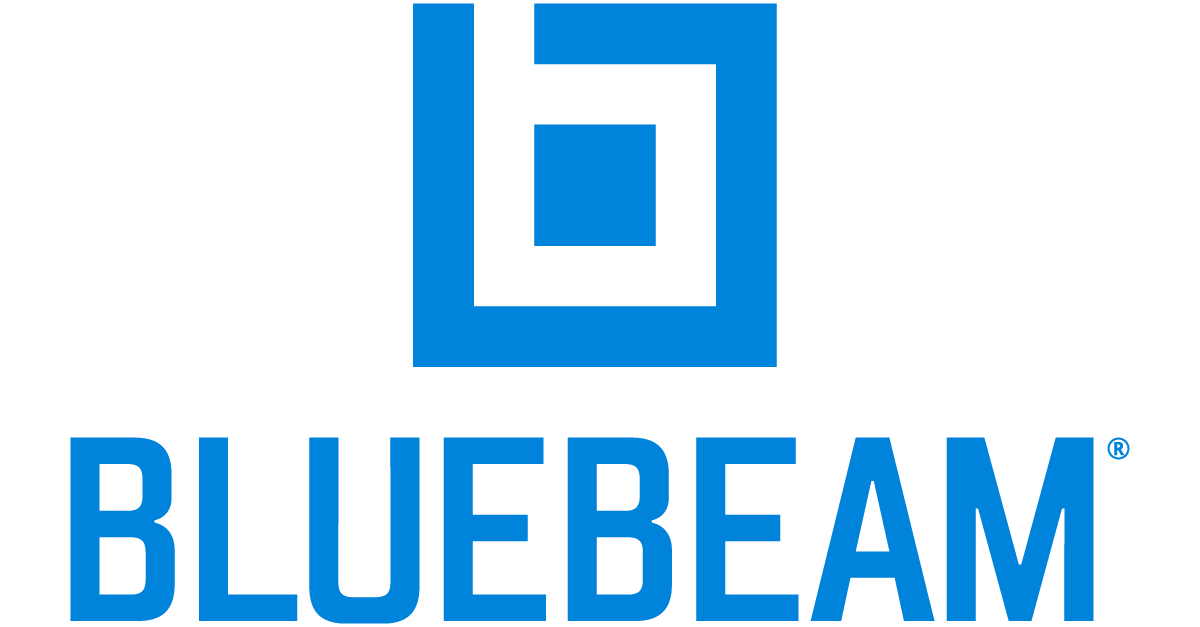Software
These are the most critical tech tools I use to run my businesses and I simply could not perform my work without them.
You might notice that customer service, user experience, and efficiency are all extremely important to me. That’s why I use and recommend these products - they check all of my boxes.
I’ve used and tested tons of different types of tech tools and these are the ones that work best for me. I recommend them in the hopes that I can save you from having to test out different services yourself and help you streamline your design process.
Disclaimer: Some of the links below are affiliate links and are indicated with an asterisk (*). Please understand that I have experience with all of the products I recommend, and I recommend them because they are helpful and useful, not because of the small commissions I make if you decide to buy something. Please do not spend any money on these products unless you feel you need them or that they will help you achieve your goals.
I often update this page, so you may want to bookmark it!
Updated 09/08/2025
Click on any category below to jump to that section.
Drawing
Revit
Revit is my #1 go to software for BIM modeling and creating construction documents. The appeal of Revit is that everything is drawn once and it automatically appears in all other views. Revit is capable of complex modeling, provides in-depth model information, and is useful for all types of disciplines. Revit also provides a free service called Autodesk Viewer where I can upload 3D models to share with my clients so they can poke around their projects without having access to my project files. If you can get away with using lite versions, I highly recommend the AutoCAD Revit LT Suite as that’s what I use for the majority of my work. Also, students and teachers can access full Revit for free!
AutoCAD
AutoCAD is great for 2D drawings, especially when creating layers for laser cutting models. I mainly use it as a liaison between programs like Revit, Sketchup, and Excel. Just as with Revit, students and teachers can use AutoCAD for free!
Sketchup
Sketchup is what I use to perform lighting studies on my models. I often import my Revit files into Sketchup and create massing of surrounding context in Sketchup to play with lighting and scale. Best of all, you can use Sketchup for free! It’s a great compliment to tools like Revit and the Sketchup warehouse is reason enough alone to try as you can import Sketchup components into Revit with a bit of finagling.
Design
Bluebeam Revu
Bluebeam is not only an Adobe PDF alternative, but a powerful design tool I use every day in my business. It’s an amazing tool for collaborative meetings with design teams and clients, to create and track redlines, space planning, design options, scaling drawings, etc. I could not do what I do without this program!
Illustrator
I’m always looking for ways to reduce my waste and when I realized how much paper I was using for printing out drawings to sketch over or project sets for redlining, I realized I needed another solution. Now I import my PDF’s into Illustrator and use a drawing tablet to sketch over my designs in multiple layers. It’s such an easy process and actually allows me to work more quickly, keep track of my designs, and I don’t have to worry about creating so much waste or my designs getting lost.
Indesign
For my construction documents, I always use Revit to create them. But when I want to show more illustrative design work to my clients, I like to use InDesign to create more aesthetically pleasing design packages. I have templates with master sheets and preset boxes for placing images which makes the process so much faster.
Canva
Canva is a powerful, free design tool that provides editable templates for many different types of documents meant for print or online use. If you’re looking to achieve quick, aesthetically pleasing designs with free stock images and shapes, this is the place to do it. They also have a relatively affordable paid plan that I’ve found to be really useful!
Rendering
Enscape
This is the rendering tool I use for realistic still renderings. It integrates with Revit and Sketchup for a live rendering experience. I often use this in meetings with my clients to show them changes in real time.
Lumion
Lumion is the rendering tool I use when I make very realistic walkthrough animations. There are so many materials and components, some of which can be animated. There’s the option to render live (similar to Enscape), or import your model directly into Lumion.
Photoshop
While Canva (mentioned above) is a great tool, it’s no replacement for Photoshop. I use Photoshop for everything from creating stylized renderings for clients, to touching up photos, creating animated GIFs, and so much more.
Website + Form Builders
Squarespace
I’ve been using Squarespace for almost 6 years now and I would never use anything else. The intuitive tools, service integrations, beautiful templates, and customization options are amazing. I also love that when I purchase a domain through Squarespace, there are no hidden fees and privacy protection is automatically included.
Paperform
It took a lot of search, trial, and error to find a form creator that could do what I needed. Paperform is unlike any other form builder I’ve seen. It’s essentially a word document format with powerful form features built into it. I use this for everything from surveys, to client questionnaires, to any other type of form, and even landing pages! There are also tons of templates to choose from to make form creation even faster.
Marketing + Teaching
ConvertKit
I can’t say enough great things about ConvertKit. It was built by creators, for creators. They are determined to help their customers succeed by providing useful workshops, outstanding customer service, and resources. Coming from MailChimp, the user experience is unmatched. Where MailChimp counts the same subscriber multiple times, dividing them into multiple lists, ConvertKit uses a much simpler system applying multiple tags to each subscriber. Their fee structure is simple and I literally couldn’t be happier using their service. They also have a free plan you can use forever!
Teachery
Teachery is the service I use to build my online courses. It was built by my business coaches over at WAIM (more on them below) and I couldn’t be more proud to promote their service. The transparent pricing model is probably the best thing about their service. While others will increase fees based on number of students, traffic, number of courses etc., Teachery has a flat fee per month or year and even has an unlimited lifetime plan. Their customer service is incredible, they’re always making interface improvements, and there are tons of help articles if you get stuck.
Project Management
EntreArchitect
Mark R. LePage has generously made his 50+ Business Forms and Checklists available for download to help in streamlining and organizing your business. These documents are paramount in my business procedures. While you can purchase these documents along with his hybrid contract/proposal individually, you will automatically gain access to these if you join the community - more on that below.
Airtable
Whenever I have a complex project, such as creating an online course or a design project, I love using Airtable to break down each project into granular tasks. You can prioritize tasks, move rows around, use customizable fields, track task progress, and display the information in different ways including Gantt charts. it can be used for budgeting, project management, tracking product selections, and much more. I love how Airtable improves my workflow.
Google Calendar
I use Google Cal to plan out every minute of my day. From waking up, to workouts, to meals, to project hours, to meetings, to reminders… nothing is left unscheduled. It’s also useful to have my Google Cal automatically sync with my Apple Cal so I always know what’s on my plate for the day no matter which calendar I’m looking at. It’s also great for scheduling meetings with clients and team members.
Video + Production
Premiere Pro
Camtasia is the program I use to screen record and edit lessons for my online courses and tutorials. It’s a very intuitive program with powerful editing features. The editing experience is similar to iMovie but has additional features specifically desirable for teaching and creating online courses.
Premiere Pro
When I’m not using Camtasia, I use Premiere Pro to edit my video footage. I also use Adobe Auditions* for recording and editing audio. This editing tool is a bit more advanced so I’m able to really customize my videos using more stylized editing effects.
Vimeo
While I use YouTube for my public videos, Vimeo is my go-to for private videos used in my online courses. There are so many ways to personalize videos, protect videos, upload updated versions of videos, and control if/where videos can be embedded.
Communication
GSuite
GSuite (now Google Workspace) is my service of choice for cloud storage and collaborating with my design team. I love that I can access my files on any device, my work is automatically synced to the cloud, and I can easily share files with my team and clients. Google Docs, Sheets, and Slides are great because they’re free to use, so I can share these documents with anyone and they can edit them even without a premium account.
Slack
Slack is such a useful tool for collaborating with teams on projects and for membership communities. Both membership communities I’m in use Slack to allow members to interact with one another. It allows for group or one-on-one conversations, separate categories, threads, etc. which makes Slack useful in many different applications.
Zoom
With COVID and physical distancing, Zoom has become an integral component of my design business. The screensharing feature is invaluable and allows me to bring clients through Revit models, renderings, and even live sketching (using a drawing tablet and Illustrator), making the experience comparable to in-person meetings. The recording feature (used with permission) is also extremely useful.
Mint Mobile is my phone service of choice for so many reasons. It’s affordable, reliable, adaptable, and you can speak to an actual human, without much effort, if there’s ever an issue (speaking from experience). I’ve been using their service for years and recommend it to everyone I know.
Community
Wandering Aimfully
Caroline and Jason of Wandering Aimfully (WAIM for short) have been my business coaches for years now. The diverse community they’ve curated, along with the helpful guides and online courses they’ve provided are indispensable resources to my businesses.
EntreArchitect
As a young designer with my own design practice, I get immense value learning from the experiences and wisdom of the members within the EntreArchitect community. From project management guides, to weekly mastermind meetings, to the Slack community, there’s endless value here.
Freelancers Union
The Freelancers Union is a free online community that provides helpful resources to freelancers and independent creatives, access to all kinds of insurance, and hosts free events for freelancers across the country. I was able to get my business insurance through them and I love their newsletter.
Finance
FreshBooks
FreshBooks is the accounting service I’ve used for years to track my expenses, log project hours, bill my clients, and so much more. Their customer service is incredible (speaking from experience) and the software is extremely easy to use.
Stripe
This is what I use to collect payments from clients, online courses, and other business transactions. I love that it’s easy to use, has transparent fees, it’s safe, and is accepted by many services.

































